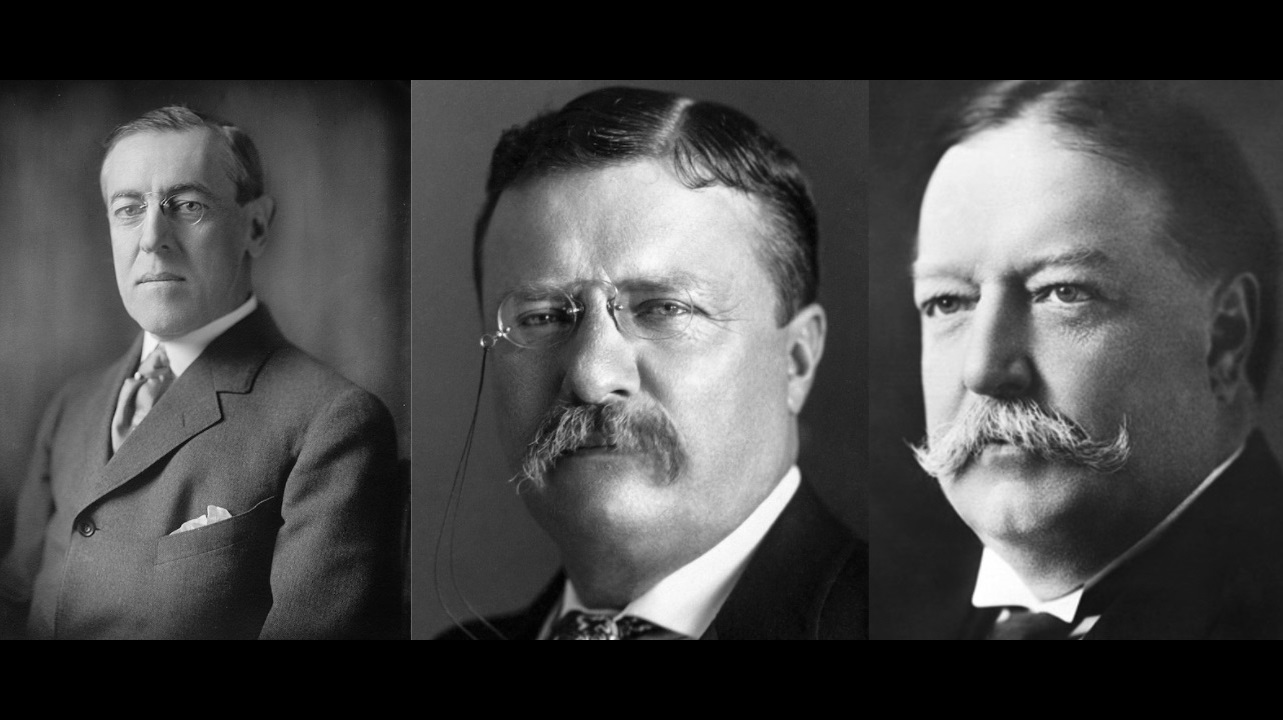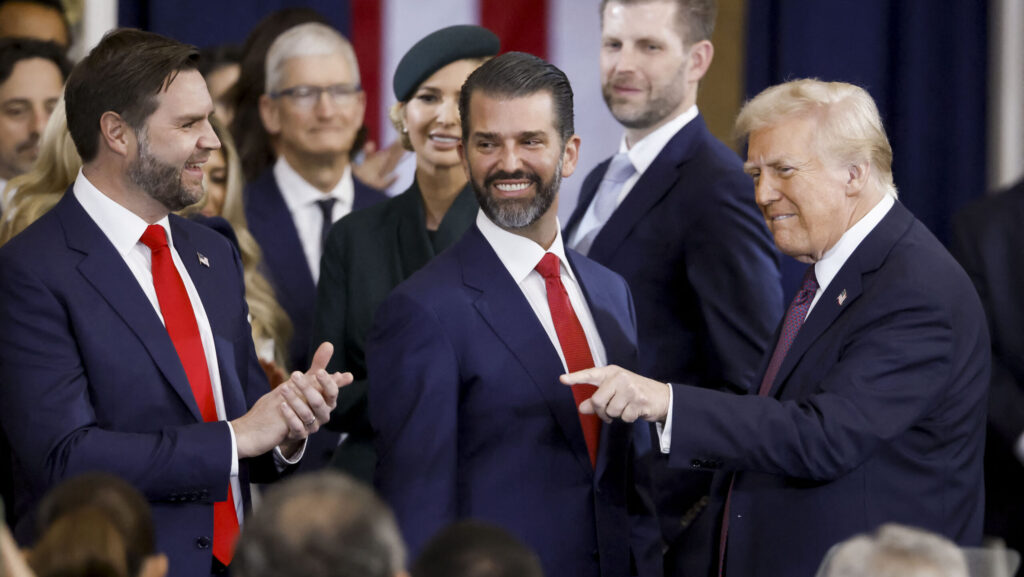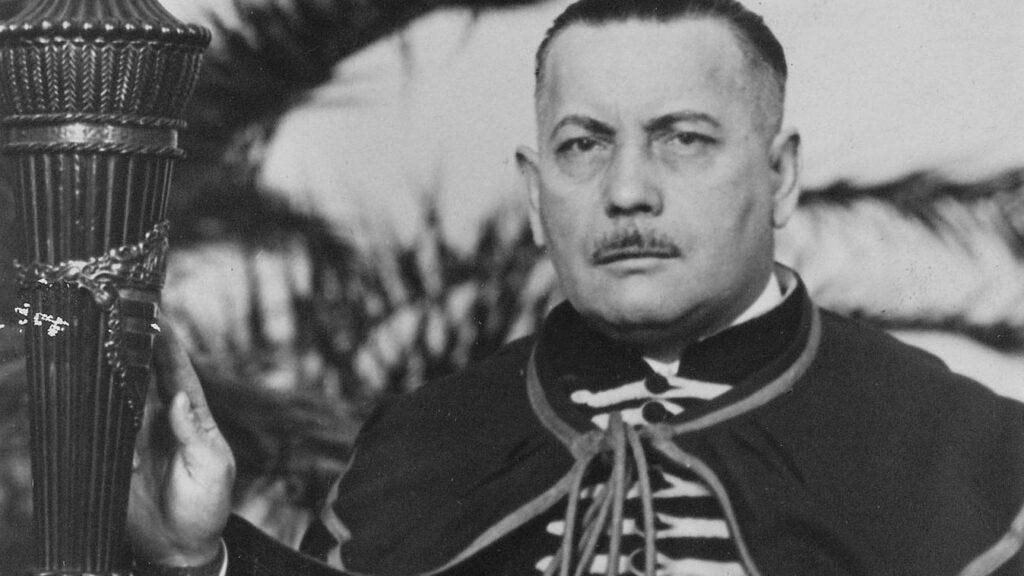The 60th quadrennial presidential election in the United States is in seven weeks, less than two months away. As the campaign season is heating up, let’s take a look at the election of 1912, the last time a former President ran for a non-consecutive term. While Theodore Roosevelt, who campaigned under the banner of the newly founded Progressive Party, did not win, he had a major impact on the outcome of the election.
Not much success came the Democrats’ way after the presidency of Grover Cleveland. The economic downturn caused by the McKinley tariff in 1890 was made only worse by the Panic of 1893, which President Cleveland did not even try to mitigate due to his free trade convictions. The next four presidential elections were won by Republican candidates, by wide margins.
Two very transformative Presidents occupied the White House back-to-back, a very unusual occurrence in American history. President McKinely changed the United States’ foreign and military policy drastically. The US was now competing for overseas territories with European powers, something it had never done before. And it was quite successful at it as well: during the Spanish-American War in 1898, it got its hands on places like Cuba, Guam, Puerto Rico, and the Philippines, all previously controlled by the great European power, Spain.
McKinley got shot early into his second term. His Vice President Theodore Roosevelt (who personally led his ‘Roughriders’ volunteer regiment in battle during the Spanish-American war) became the youngest man to become President in American history when he ascended to the office after the death of McKinley in 1901, at just age 42.
President Roosevelt ushered in even greater reforms, but he did it in domestic policy. He started using the Sherman Antitrust Act, originally passed in 1890 under the Harrison administration, to break up huge monopolies—most famously, Standard Oil. He established the Food and Drug Administration, which meant that the US government was now involved in making sure that products sold to consumers were actually safe for consumption. He also got major workers’ rights legislations passed, such as one regulating an eight-hour work day and workplace safety guarantees as well. These developments also coincided with faster economic growth.
Roosevelt was immensely popular among the people. Since there was no 22nd Amendment in place at the time, people were pleading with him to run for a third (second full) term. However, Roosevelt had other ideas: he hand-picked his successor, his Secretary of War, the ever-so-rotund William Howard Taft from Ohio.
Taft, fully aware of his dependence on Roosevelt, comfortably beat Democrat William Jennings Bryan (who was on his third try for the White House) in the 1908 election.
However, the one thing that could certainly doom Taft’s presidency did end up happening: he had a falling-out with Theodore Roosevelt, and his predecessor and former friend turned against him.
Roosevelt did not approve of Taft going after one of the companies that he viewed as a ‘good trust,’ US Steel. It had always been a big part of his philosophy that monopolies were fine, as long as they acted in a way that he liked. Also, President Taft fired Roosevelt’s old friend Gifford Pinchot as head of the US Forest Service.
President Roosevelt challenged William Howard Taft for the Republican nomination in 1912. When he did not get his way, he went off to form a party of his own, the Progressive Party, also known colloquially as the Bull Moose Party.
Democrats, Republicans, and Roosevelt himself all knew full well what this would mean for the 1912 election. For the first time in 20 years, Democrats finally had a very good chance to win the Presidency. They nominated Woodrow Wilson, the Governor of New Jersey and former President of Princeton University, for President.
Continuing with the Progressive Era ideal of a highly active, powerful Presidency, Wilson’s campaign promised to break up all trusts, not just the ones deemed bad by Roosevelt; as well as reduction of tariffs (in a call-back to a common campaign issue of the old Democratic Party), mandating that senators are elected through popular vote in every state, and the introduction of a federal income tax. In contradiction to some of those policies, the Democrat platform also promised to protect states’ rights from an overreaching federal government, another traditional Democrat agenda point from the pre-Civil War era.
By the 1908 election, the Washingtonian tradition of presidential candidates not campaigning for themselves personally had been completely abandoned. Both major party candidates, Taft on the Republican side (heavily aided by the much more energetic Theodore Roosevelt) and William Jennings Bryan on the Democrat side were constantly on the road, doing public speaking events across the country.
Americana Aesthetic on X (formerly Twitter): "Theodore Roosevelt's visit to Boston, 1912 pic.twitter.com/IHQx6XpKG5 / X"
Theodore Roosevelt's visit to Boston, 1912 pic.twitter.com/IHQx6XpKG5
This remained true for Woodrow Wilson and Roosevelt in the 1912 election. President Roosevelt was even shot by an assassin at a campaign stop in October 1912 in Milwaukee, Wisconsin. Thankfully, his metal glasses case and a folded copy of his speech slowed the bullet down enough that while it penetrated his body, it did not reach any vital organs. Not only did he survive, he even finished his speech before being transported to the hospital.
President Taft, on the other hand, made only one public speech during the whole campaign season. He was fully aware that he had very little chance of winning, and often complained about it to his staff. The Wilson campaign also saw Roosevelt as the real threat, and largely ignored Taft’s re-election efforts.
The popular wisdom was proven correct in the 1912 election. The Republican vote was split between Taft and Roosevelt, giving the Democrat Wilson a major victory in the Electoral College, 435 votes, with just 41 per cent of the popular vote. The Wilson campaign was also proven correct in their assessment, as Theodore Roosevelt, running under the banner of the new Progressive Party, came in second with 88 electoral votes and 27.4 per cent of the popular vote. This was the last time in American history that a party other than the Republicans or Democrats finished in first or second in a presidential election. Poor President Taft ended up with the worst showing for an incumbent President in US history, just eight electoral votes and 23 per cent of the popular vote. However, he would later return to the highest levels of American politics as Chief Justice of the Supreme Court in 1921. Meanwhile, Eugene Debs of the Socialist Party got six per cent of the popular vote, but carried no state.
Here's a fun fact for the end: Woodrow Wilson is the only President in US history with a PhD. He earned his in history, for his doctoral thesis titled Congressional Government: a Study in American Politics in 1886.
Related articles:







